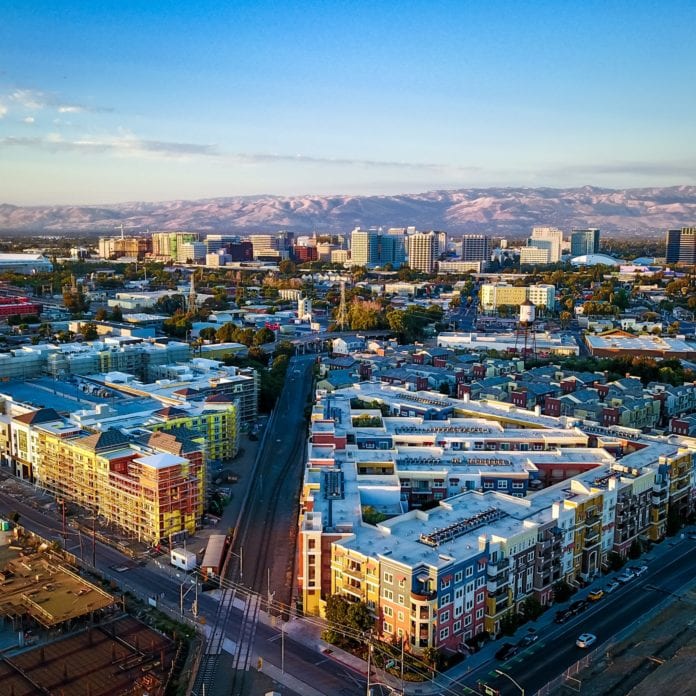Deal stipulates the deployment of 170 small cells on lampposts across the city
AT&T and the city of San Jose have reached a tentative agreement to install a network of 170 small cells on lampposts by the end of the year in a move to improve wireless coverage across the Californian city.
City officials highlighted that the deployment of these small cells will offer enhanced voice and data capacity for residents and businesses in San Jose.
The small cells deployment will also strengthen the city’s First Responder Network Authority coverage for emergency communications and will pave the way for the future deployment of 5G mobile broadband technology.
The city expects to receive a total of $5 million in lease revenue over the next 15 years from AT&T for its digital inclusion projects, as part of an effort to offer affordable broadband internet service to low-income residents.
The San Jose City Council will discuss this network deployment initiative in a meeting scheduled for May 1.
AT&T plans to launch mobile 5G this year in 12 U.S. cities, and the carrier highlighted the service will rely on small cells deployed closer to the ground than the tower top radios that support LTE.
AT&T’s first round of mobile 5G will use millimeter wave spectrum, which offers higher capacity rates than low-band spectrum but does not propagate over large distances. That means radios need to closer together than they are in LTE deployments.
“Millimeter wave is more associated with small cell-like ranges and heights,” said AT&T’s Hank Kafka, VP of network architecture. “It can be on telephone poles or light poles or building rooftops or on towers, but generally if you’re putting it on towers it’s at a lower height than you would put a high-powered macrocell, because of the propagation characteristics.”
New cell towers agreement
In related news, AT&T and CitySwitch have signed an agreement for building new cell towers. CitySwitch will begin tower construction plans during the second half of 2018 and will lease completed sites to AT&T.
These new telecom infrastructrure will add to the overall communications infrastructure in the U.S. and fulfill the need for new locations where towers don’t exist today, the telco said.
“Working with CitySwitch means more alternatives to the traditional tower leasing model still followed by many. The traditional model isn’t cost-effective or sustainable,” said Susan Johnson, executive vice president – Global Connections and Supply Chain, AT&T. “This deal is another step in continuing to diversify our suppliers based on site needs, increasing competition in the provision of tower space and exploring new avenues to cut costs.”
“With AT&T’s nationwide FirstNet build project underway and 5G on the horizon, it’s important AT&T addresses its network real estate needs in new and thoughtful ways. We are pleased to play an important role in this now and for many years to come,” said Rob Raville, president and CEO at CitySwitch.

